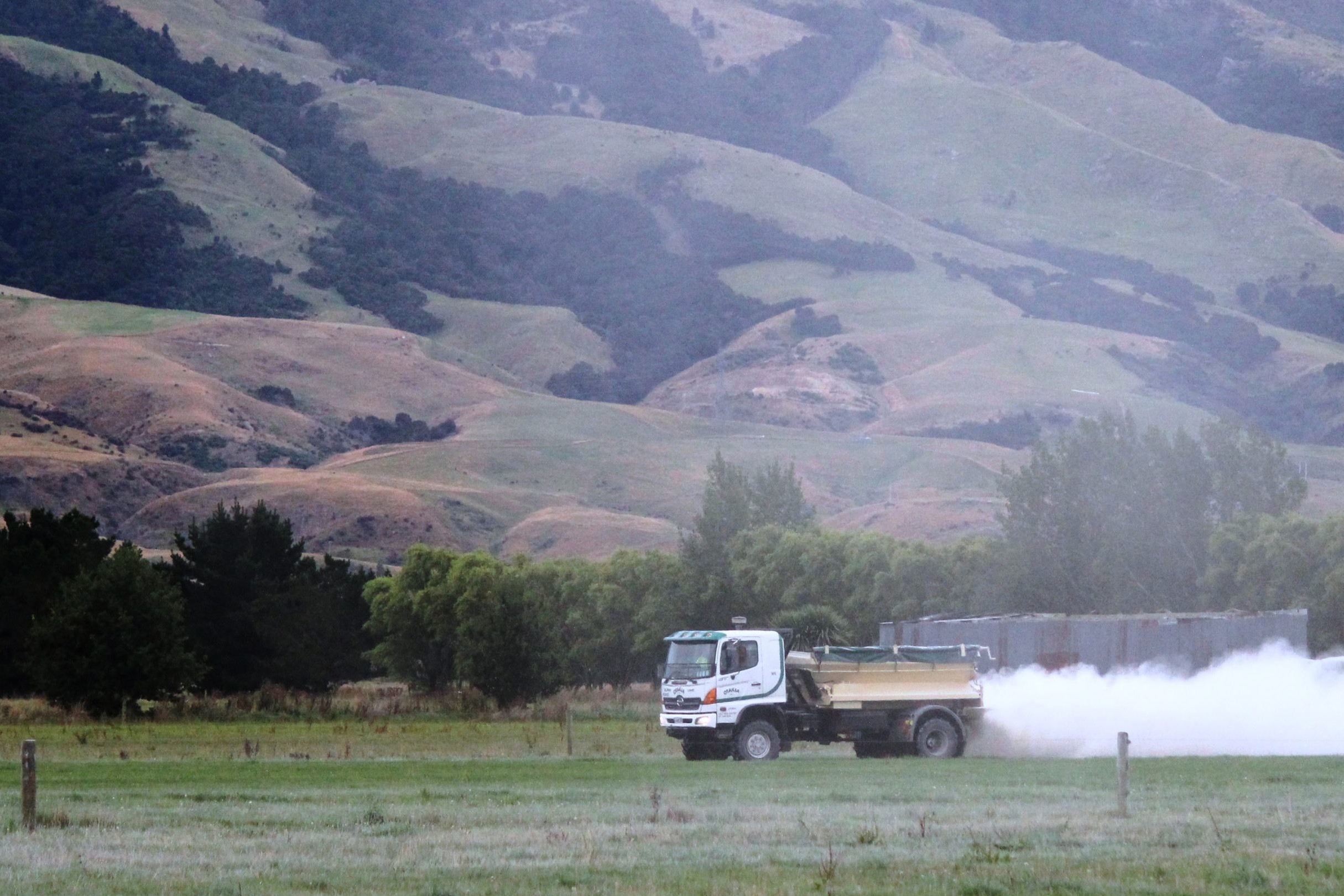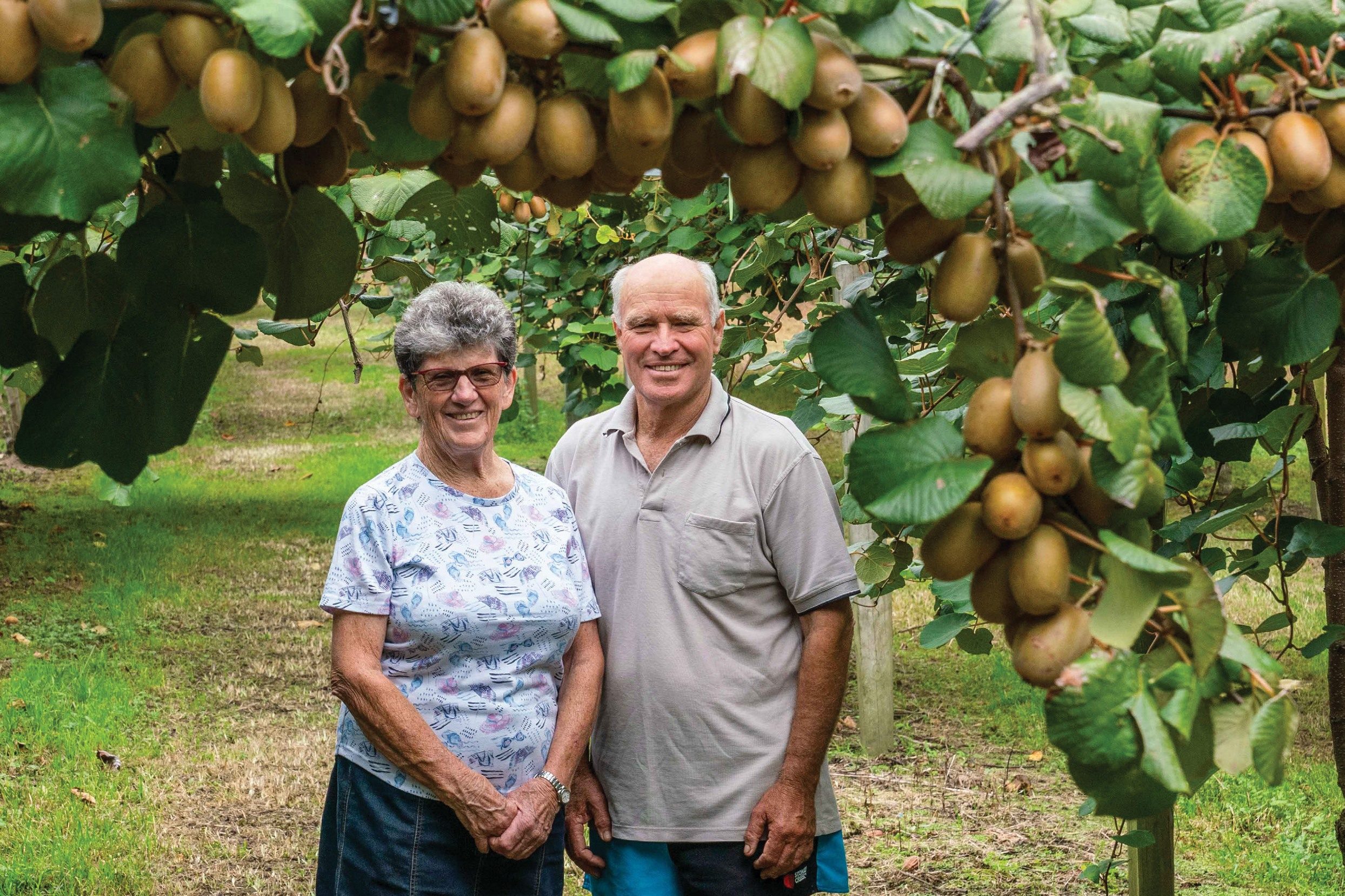Humping and hollowing or flipping soils help West Coast farmers cope with the region’s high rainfall. However, sediment loss is an issue state-owned Pamu’s farms are also dealing with. Anne Hardie reports.
Pamu’s dairy farms near Lake Brunner on the West Coast are drenched with a staggering four metres of rain a year, so you would think winter crops and pugging would be a monumental challenge. Yet their humped and hollowed paddocks have come out of winter relatively unscathed.
Great from an animal welfare perspective, but there’s still work to be done, especially around sediment loss and that’s why it’s included in the state-owned enterprise’s goal to reduce intensive winter grazing significantly over the next three years. Like other Pamu farms, the West Coast dairy business intends to lead by example to meet the National Environmental Standards for Freshwater Regulations.
Cameron Walker is the dairy business manager for the 10 dairy farms between Lake Brunner, Reefton and Cape Foulwind, as well as three dairy support units that together graze 9000 dairy cows, 4300 young stock and 500 bulls. Apart from just under 1000 cows grazed locally through winter and 800 young stock grazed in Canterbury, stock have been wintered on its West Coast properties. Reducing winter cropping means the farms will now need more external winter grazing for more animals, whether that’s on Pamu’s livestock farms, private graziers or lease land. There’s also a range of system change options being considered.
A couple of years ago the West Coast dairy business had 10% of its 13 farms planted in crops for winter grazing with a total of 583 hectares, so it was already exceeding best practice standards for the new environmental guidelines. Last winter it dropped back to 9% and this next winter it will be reduced to 7.7% or 440.8ha, with continuing reductions bringing it down to 5% by 2023. That will be a 55% reduction of intensively grazed winter crops. In Canterbury Pamu plans to reduce those crops by 60% and in Otago, 35%.
On the West Coast, part of the reduction will be achieved by removing winter crop completely from two dairy units which have conditions that make it difficult to fully comply with the new regulations.
The business has of course got the scale to adapt and the main reason its West Coast farms were able to drop quickly from 10% to 7.7% that first year was by incorporating the third dairy support block of 140ha into the business. While Cameron has the advantage of scale that comes with corporate dairying, he has a background of working his way up through the dairy industry to sharemilking and equity partnerships, so he recognises the task ahead for the industry.
“It’s a massive challenge for everyone, whether they’re corporate or private,” he says. “What looks good in models is often a lot more challenging in reality. Every season is different and farming is getting more and more variable.”
Modelling is already underway for the West Coast dairy enterprise. An advisory group that includes external consultants, DairyNZ and local farmers who will help assess the effects of various scenarios on the large-scale business. The first of those scenarios is all-grass wintering on the dairy farms and though Cameron says it is definitely possible, that scenario would be financially challenging. It would mean reducing the stocking rate on the self-contained farms below the current 2.1 cows/ha, with weather and payout affecting the outcome.
“There’s a lot of moving parts involved and initial modelling shows it could impact our financial performance by as much as 30-50%.”
The second scenario looks at all-grass wintering on just the support blocks and Cameron says that looks more doable financially, but it’s still early days in the modelling. Thirdly, the business could look at all-grass wintering externally, though costs make that challenging. Last year 915 cows were wintered externally on either swedes or in a pasture system using balage to top up the diet. This year Pamu’s preference would be for all-grass winter grazing for any animals wintering externally, though Cameron concedes this may be difficult to source on the West Coast.
The fourth scenario involves capital investment such as herd homes, where crops would be grown for cut and carry to the cows rather than stock grazing the paddocks. That too, has obvious financial implications.
Working with Pamu’s livestock farms on the coast, which are mostly deer, could produce opportunities with mutual benefits, whether it’s buying supplements from the livestock farms, all-grass wintering on them or potentially grazing young stock. That would potentially enable the dairy units to graze the cows through winter on grass. One of the livestock properties, Burkes Creek, has sold silage in the past, so there is the opportunity to sell less silage and winter more dairy cows.
In the meantime, it’s about getting the best from the cropping area that remains and focusing on how they can reduce sediment runoff into waterways. In the past, the business has grown fodder beet and kale for winter grazing, but now it’s mostly swedes which Cameron says works best for both animal health issues and yield.
The cows hold their condition better on swedes and they have found it is the best crop for utilisation. In the past three years tonnages have improved markedly as well and now average 14-16t/ha which he puts down largely to picking the right windows for planting. That compares well against grass which totals between eight and 10t annually. A small amount of rape and kale is also grown on the dairy support units because it is more palatable for the young stock.
At Cape Foulwind, raphno has been planted the past couple of years to combat the summer dry and then regrow for winter grazing. The beauty of that crop, Cameron says, is that they have one crop for the summer and winter and that reduces the total crop area. So far, raphno has been working well for those farms.
The aim this coming winter throughout the West Coast dairy business is to have 70 days winter grazing on the dairy farms that includes 10kg/cow/day of crop, plus 2kg of silage and 2kg of straw.
Paddock selection and crop establishment will be critical in minimising the environmental impacts, using minimum tillage practices where possible to reduce soil disturbance, limit sediment runoff and hold soil structure to reduce damage during winter grazing. Technology will play an increasingly important role, including two Pamu winter grazing apps which has been developed to help farm managers choose paddocks, crop species and grazing plans.
“I think it will give us assurance we are following best practice because there is no room for error now. You need the checks and balances.”
GPS is even more important now, with contractors using the technology for both drilling and spraying crops. Maps show the contractors the hollows or wet areas in a paddock that need to be avoided.
Slope profile maps are now part of the paddocks’ assessment for winter cropping and Cameron is hoping the new regulations’ 10-degree slope rule will be calculated on the average fall of the paddock area. Otherwise it will be impossible on humped and hollowed land. Some steeper areas have been identified as unsuitable for grazing because of the 10-degree slope rule.
Paddock selection has been under more scrutiny than ever with regard to planting winter crops, avoiding any wet areas that could lead to pugging and sediment runoff. Critical source areas are fenced off during grazing. During wet weather, paddock selection ensures the cows are in the driest paddocks or on nearby grass paddocks. Cameron says it’s critical to have a strategy in place before winter and understand each paddock.
Following a winter crop, any paddock that is not planted in grass within 30 days has to be planted in a catch crop under the new regulations. Cameron says they will most likely plant oats because of its ability to grow in lower temperatures. That is aimed at reducing sediment being washed off exposed paddocks into waterways. Oats have been trialled during the past two seasons with varying levels of success, depending on weather conditions. On the plus side, oats can be grazed or cut for silage before being put back into grass.
Near Lake Brunner – where the dairy farms fortunately all flow away from the lake – some 3000ha of humped and hollowed alluvial soils are dramatically different from the flipped sandy coastal country of Cape Foulwind which gets by comparison with a paltry 2.5m of rain a year. There’s little solid topsoil to make mud and both forms of development cope with high rainfall well. Drought hurts a lot more.
“All the ground is good from an animal welfare point of view, but sediment runoff is something we need to be focused on with critical source areas.”
On the humped and hollowed land, winter crop is only planted on the humped areas which provide a firm stony soil for stock to graze and lie down. Soil tends to slump from the humped areas to the hollows over time, so each year a digger goes through after the winter crop to clean out the hollows and recontour those areas.
While sediment runoff is an issue, nitrogen use is already under the N cap of 190 units in the new regulations, averaging 173 units N/ha Pamu on its West Coast dairy farms. When it comes to animal welfare, which is one of the reasons for the new regulations, Cameron would prefer to see intensive winter grazing managed well rather than remove crops completely at this stage.
“Having 15t/ha of winter crop is comforting going into winter; knowing you have a bank of feed is good from the animal welfare point of view,” he says.
“We haven’t had two seasons remotely similar in the four seasons I’ve been here and that’s where cropping works well – you have a bank of feed sitting there. It’s quite robust.
Replacing it with something that gives you the security of winter feed is the challenge.
“We came into this season with supplementary feed around New Zealand in short supply. There was feed being trucked from Canterbury all over the country. If there’s increased reliance on supplementary feed, we need to ensure the country has enough supply.”
In regions such as Canterbury where fodder beet produces up to 30t/ha, replacing it with grass will halve the available feed, he says. It may take six cuts of grass to equal the tonnage provided by crops.
“It’s a challenge for us to accept,” he says of the new rules. “It’s here, so we have to embrace it and work with what we’ve got to get the best outcome we can get. That’s farming.”
Apps assist with grazing
The Pamu smartphone apps are additional tools for making better decisions about intensive winter grazing.
The apps were designed by Pamu’s geospatial and soil specialists with the goal of being easy to use and interactive, delivering feedback on different options for intensive winter grazing decisions. The results sit on a cloud platform to create a record of where and what mitigating actions are employed, which can then be integrated with other farm information to increase knowledge and understanding of the land.
Using mapping technology, farm staff can record the management options they would need to put in place to mitigate risks around drainage features, waterways, soil types, slope and animal welfare considerations to select the most appropriate areas within their farms for forage crops.
The real value in the apps is the ability to input data while in the field, in real time.
A second winter grazing app involves deeper analysis at the time of grazing the crop, providing photo verification of mitigation actions, plus advisory comments on land management. It also places emphasis on animal health and welfare needs at the time of grazing the crop.






